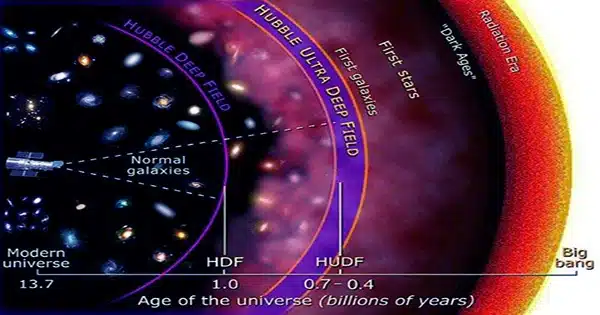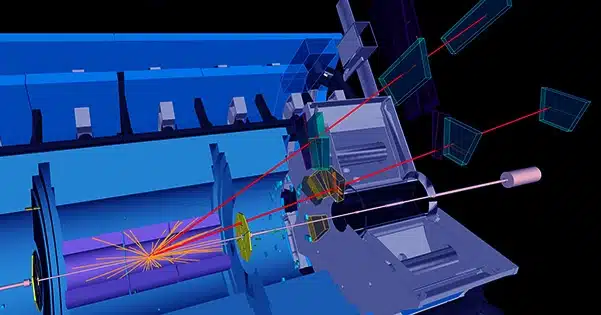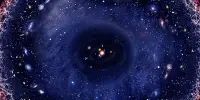If new particles exist, the Large Hadron Collider (LHC) is the best site to look for them. According to supersymmetry theory, each of the known fundamental particles has a whole new family of partner particles. While this may appear extravagant, these partner particles could address several gaps in current scientific knowledge, including the origin of the universe’s mysterious dark matter, the “unnaturally” small mass of the Higgs boson, the anomalous way the muon spins, and even the relationship between the various forces of nature. But, if these supersymmetric particles really exist, where could they be?
This is what physicists at the LHC have been attempting to discover, and in a recent study of proton-proton collision data from Run 2 of the LHC (2015-2018), the ATLAS collaboration provides the most comprehensive overview yet of its searches for some of the most elusive types of supersymmetric particles—those that would only be produced infrequently through the “weak” nuclear force or the electromagnetic force. Dark matter could be created by the lightest of these weakly interacting supersymmetric particles.

Run 2’s enhanced collision energy and collision rate, as well as improved search methods and machine-learning approaches, have enabled deeper research into the difficult-to-reach domain of supersymmetry.
ATLAS physicists compiled results from eight investigations, each of which sought evidence for supersymmetric particles in a different way. ATLAS researchers were able to analyze tens of thousands of supersymmetry models, each with distinct predictions regarding the masses of supersymmetric particles, thanks to the combined power and sensitivity of the multiple search methodologies.
These ATLAS searches are extremely sensitive and cover a large spectrum of supersymmetric particle masses. ATLAS physicists searched for “lab-made” dark matter, or dark matter formed in LHC collisions. Their investigations have proven beneficial to other tests looking for natural, “relic” dark matter left over from the Big Bang. Unlike collider searches, which do not require the presence of dark matter to be observed, the latter experiments rely on a sufficiently high likelihood of dark matter particles colliding with regular materials and so being discovered.
One of the most striking findings of this combination of searches is that formerly favorable locations for supersymmetric-particle masses, where the dark matter particle has around half the mass of the Z boson or the Higgs boson, have now been almost completely ruled out.
Another advantage of such a broad investigation is knowing which supersymmetry models have still to be investigated. ATLAS has provided instances of such surviving models that might be utilized to improve future searches. Though the number of probable hiding spots for supersymmetric particles is being reduced, many models remain persistently evasive. More collision data and innovative search technique advancements will be required to improve the sensitivity of ATLAS searches to these models.















